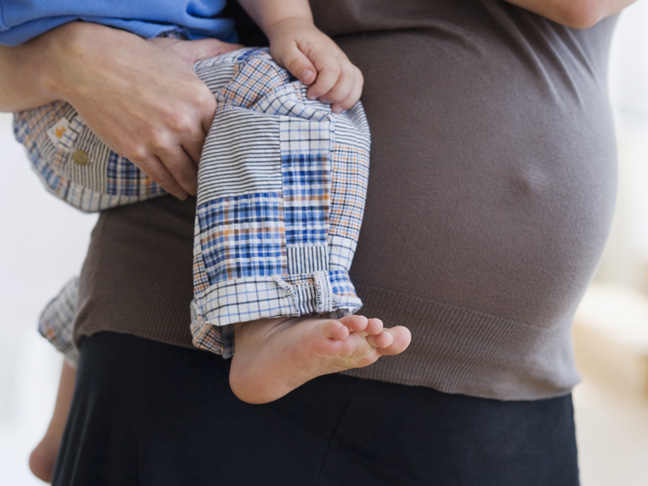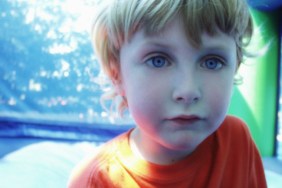To conduct their study, researchers analyzed data on more than 7,300 children born in Finland between 1987 and 2005. About one-third of the children in the study had been diagnosed with autism. Compared to children conceived two to five years after the birth of a sibling, the autism risk was 50 percent higher for babies conceived less than a year after. Among those children conceived five to ten years after, the risk factored at 30 percent, and it was 40 percent higher when the spacing between siblings was more than ten years.
Study leader Keely Cheslack-Postava of Columbia University in New York City says that she was “intrigued to see that the risk of autism spectrum disorder (ASD) was higher in both closely and distantly spaced pregnancies.” But she stressed that the researchers are unable to say from the study that spacing is the cause of ASD. It could be just one piece of the puzzle, combining with other factors related to the chance of a child developing ASD.
Cheslack-Postava adds that the “importance of this study and our findings lie in the clues provided in terms of understanding how the prenatal environment is related to outcomes after birth.”
Photo: Getty








